Design house: An urban woodland garden on London’s South Bank
A corner of London’s South Bank, known for its iconic residential and commercial buildings, has been transformed into an inspiring woodland fantasy
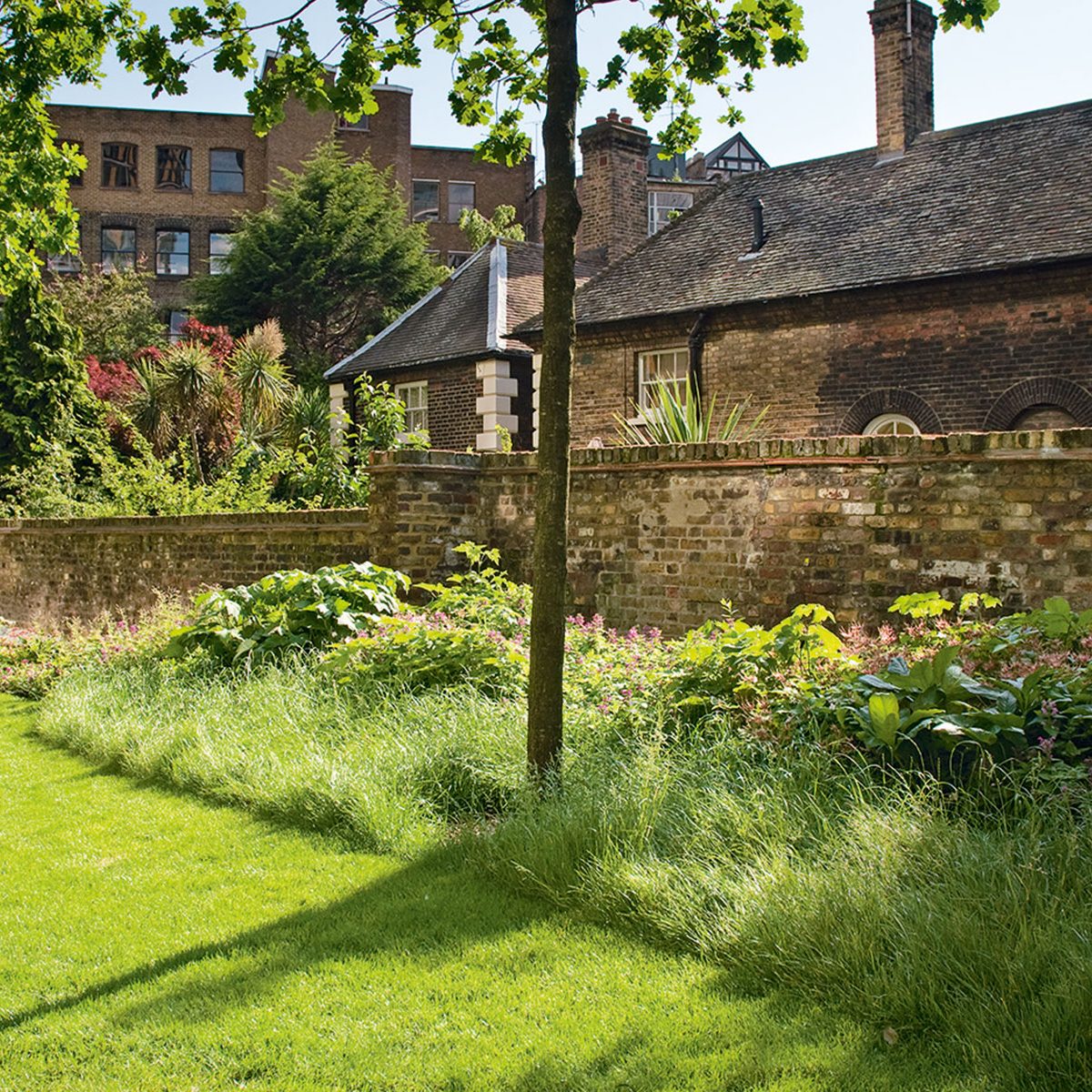

Tucked behind the Tate Modern on London’s Southbank, amid the new NEO Bankside residential development created by Rogers Stirk Harbour, is an extraordinary piece of contemporary design.
If landscape (and garden) design can be described as a response to a site, then a quick glimpse at the space that has been created for the residents of this premium architectural creation is enough to show how difficult that can be when the site consists of such conflicting features, materials and scales.
- See some of the world's best homes – beautiful properties from around the globe
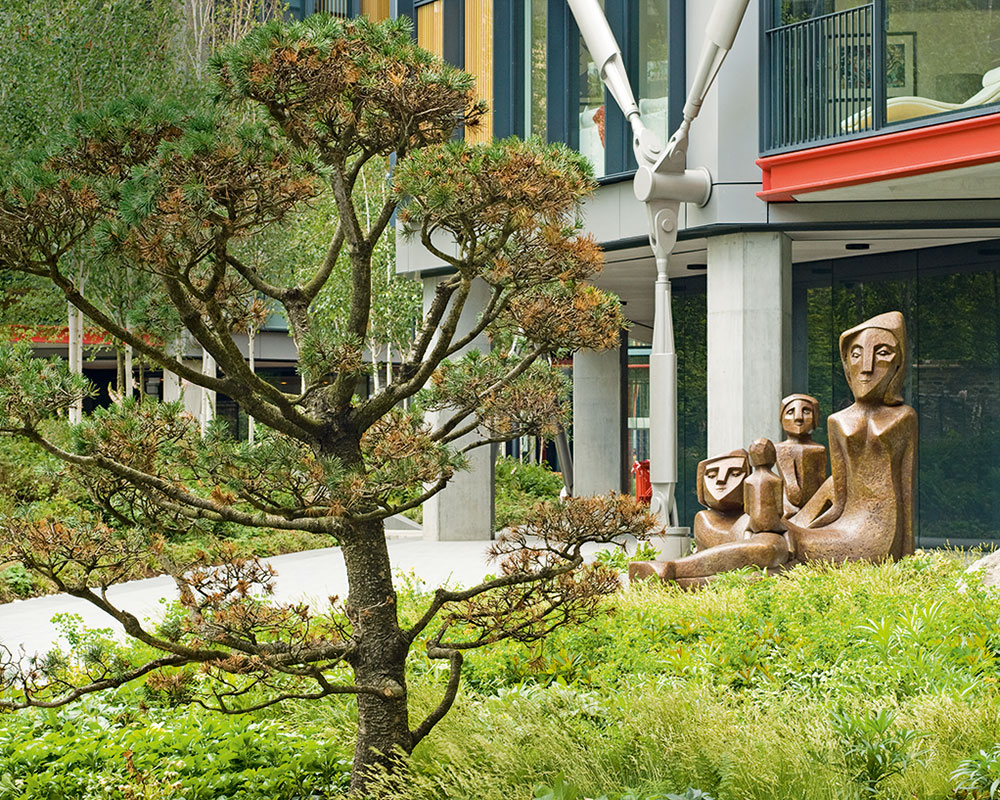
The garden design
Finding a visual language to sit comfortably with the combination of new steel and glass towers and the London-brick Georgian almshouses that surround site was just one of the challenges facing Gillespies landscape architect, Stephen Richards. He also had to come up with small garden ideas that would suit an awkwardly shaped site built on top of an underground car park, and which would work both as a public right of way during daylight hours and as a private refuge for the residents of the luxury apartments for the rest of the time.

The result, however, is one of the most exciting new gardens created in London in recent years. As Stephen explains, it was clear, early on, that the landscape would be critical in holding the site together'. Rather than creating a plaza, Stephen understood that he needed to create a garden that could be experienced while on the move and so he designed the space as a network of routes that can be explored. A central axis leads you straight through the garden, while smaller paths cross on the diagonal, with varying paving styles and scales helping to differentiate between public and private areas.
The real beauty of the space, though, is the interplay between the strong linear forms and what is essentially a woodland planting. As Stephen says: 'The structure is very crisp so we could afford to make the planting looser; we steered away from topiary as the space itself is "clipped".' Instead, light and airy birches and alders, creating continuity with the planting around neighbouring Tate Modern, were grown especially for the site.
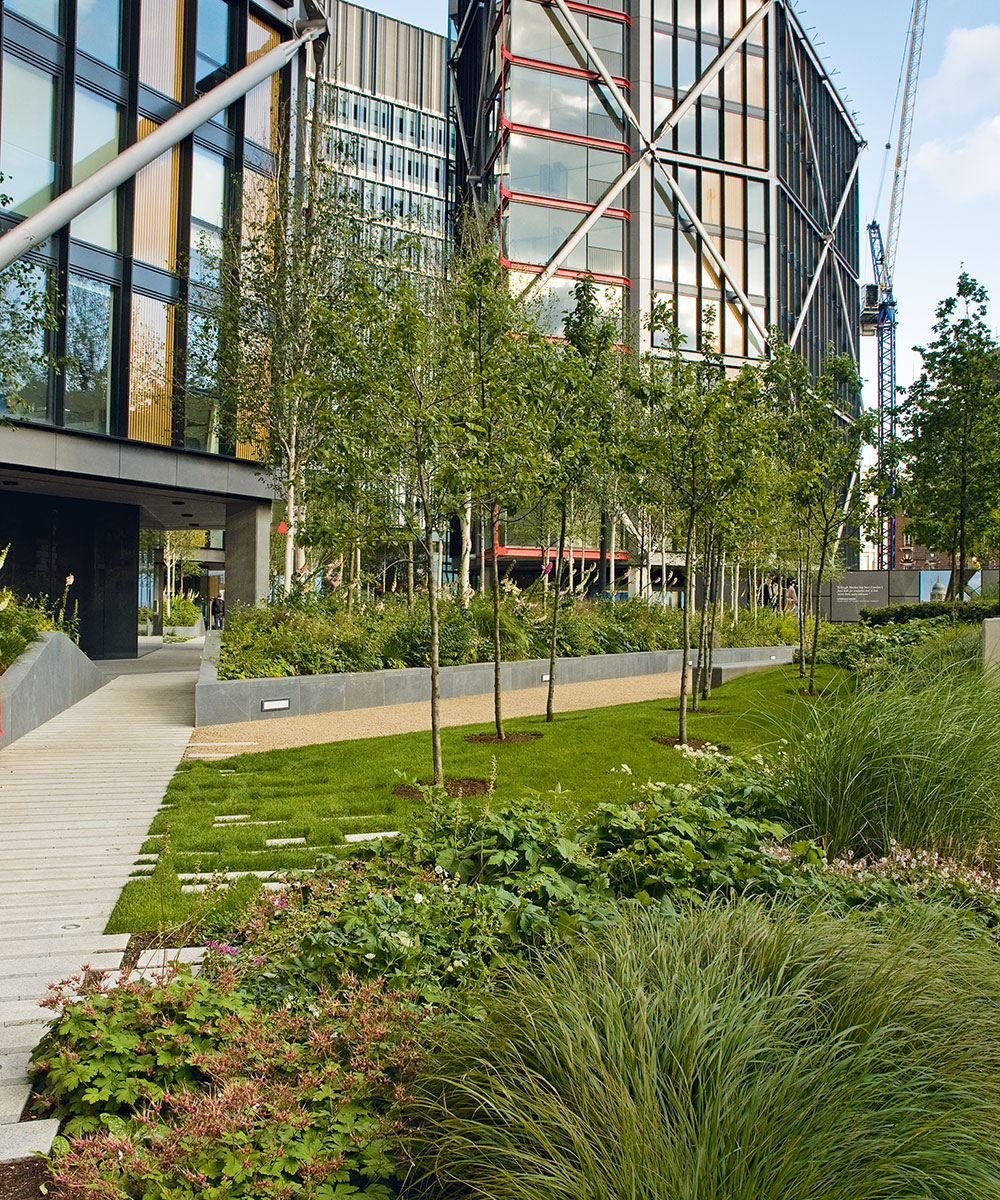
See: Five of the most magical gardens in London to visit after quarantine
Unusually, they were deliberately grown with up to 26 feet of clear stem, which has resulted in the trees having a more spindly form than normal, which in turn, has provided the garden with a delicate screen that feels and looks balanced with the surrounding buildings. They form what Stephen describes as the “threshold” to the garden: linear groves of trees marking out the boundaries between public and private spaces.
Sign up to the Homes & Gardens newsletter
Design expertise in your inbox – from inspiring decorating ideas and beautiful celebrity homes to practical gardening advice and shopping round-ups.
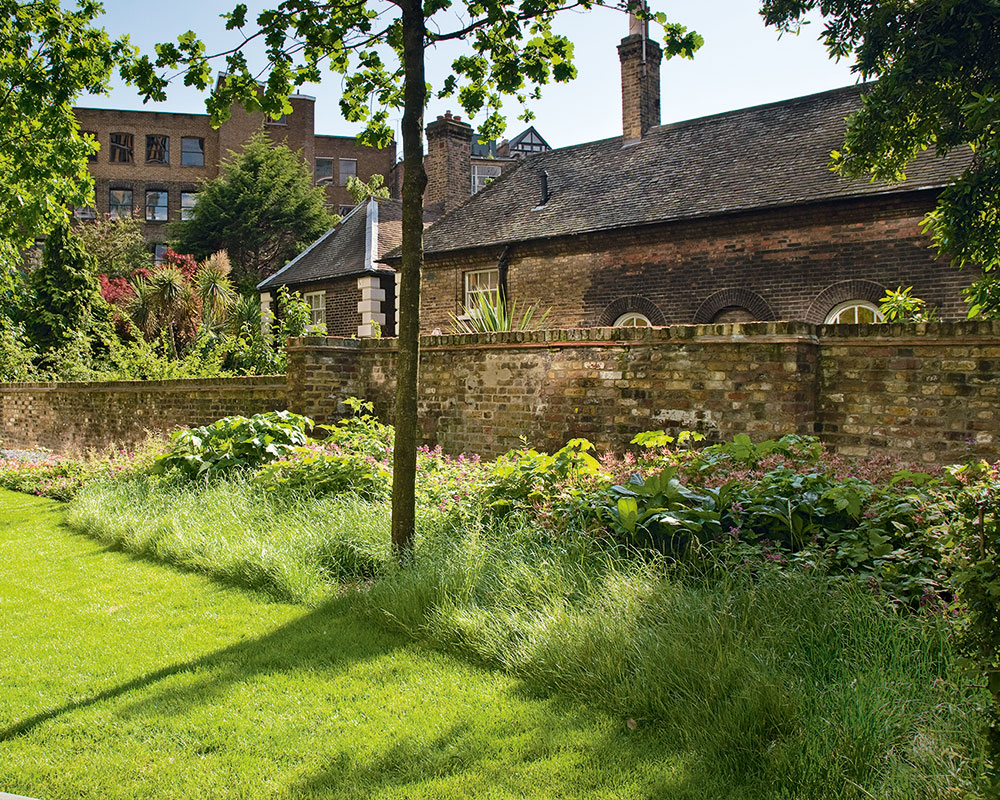
Because of the public and shared nature of the garden, a form of planting has been chosen to give visitors something to look at and enjoy throughout the year. Working with soft landscaping specialist Growth Industry, Stephen has created a form of woodland planting made suitable for a garden situation. The understorey planting is evergreen and deciduous – perennials, ferns and grasses – with seasonal accents that provide visitors with a “tapestry of floral events”.
In what Stephen says was not just a nod to the planners, but out of a genuine desire to enable the residents to engage with the space, the plant habitat has also been selected with nectar and foraging insects in mind, to help improve the biodiversity of the site. It is an approach that has been so successful that the garden now includes some active beehives that are looked after by the London Bee Association.
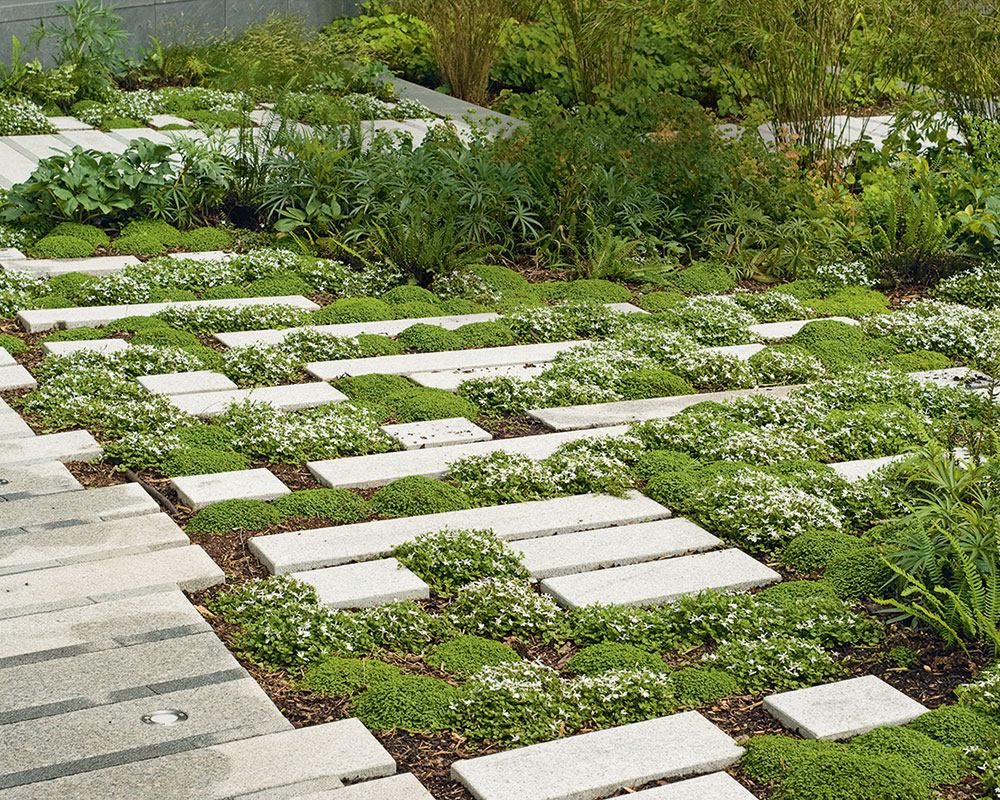
The finishing touch to this mature and thriving ecosystem is the clever visual imagery within the design, with plants already appearing to take over in places. It is an effect, Stephen comments, that says 'this is a healthy space', but managed carefully, it will be allowed to become real and the transition from awkward urban city space to inner London woodland should be complete.
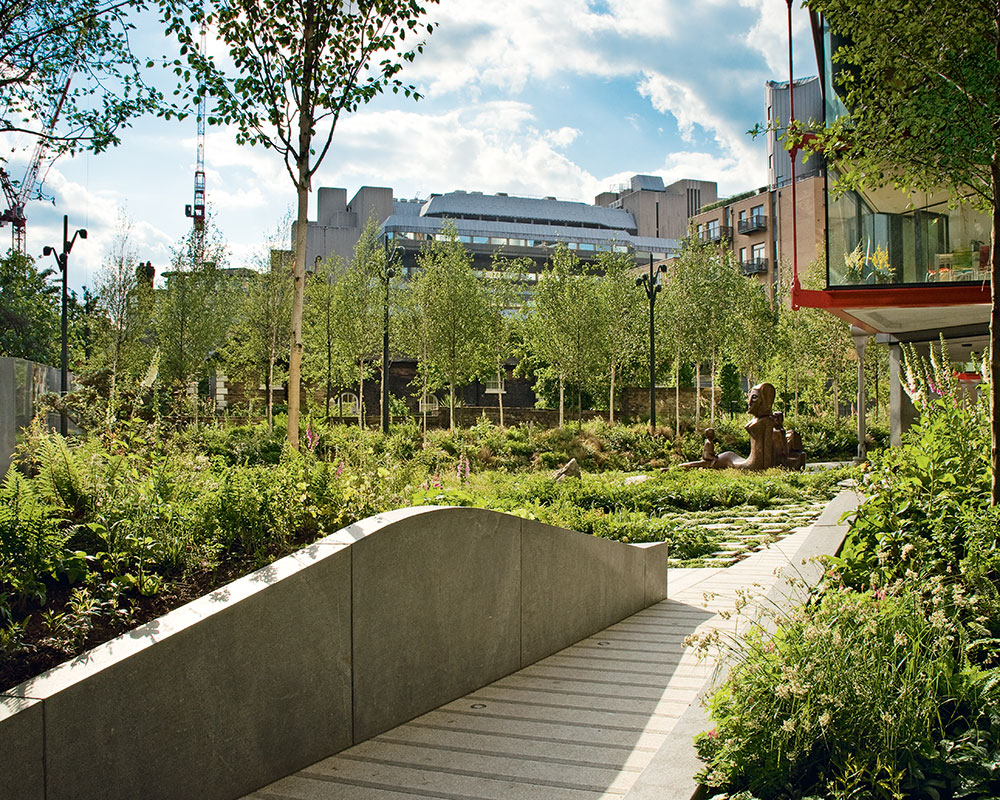
Garden guide
Orientation: North-south Soil type: Loam-rich imported topsoil with proprietary drainage layer Special features: Urban woodland garden; bespoke raised planters Landscape design: Stephen Richards, Gillespies, gillespies.co.uk Specialist planting design: Growth Industry, growthindustry.co.uk
Bankside garden is open to the public throughout the year, during daylight hours; neobankside.com/development/landscaping

Jennifer is the Digital Editor at Homes & Gardens. Having worked in the interiors industry for several years in both the US and UK, spanning many publications, she now hones her digital prowess on the 'best interiors website' in the world. Multi-skilled, Jennifer has worked in PR and marketing and occasionally dabbles in the social media, commercial, and the e-commerce space. Over the years, she has written about every area of the home, from compiling houses designed by some of the best interior designers in the world to sourcing celebrity homes, reviewing appliances, and even writing a few news stories or two.
-
 ‘It leads to more headaches than it's worth’ – 4 reasons you should never store things in your oven, including fire risks and serious illness
‘It leads to more headaches than it's worth’ – 4 reasons you should never store things in your oven, including fire risks and serious illnessYour oven is for cooking, and cooking only, experts urge
By Chiana Dickson
-
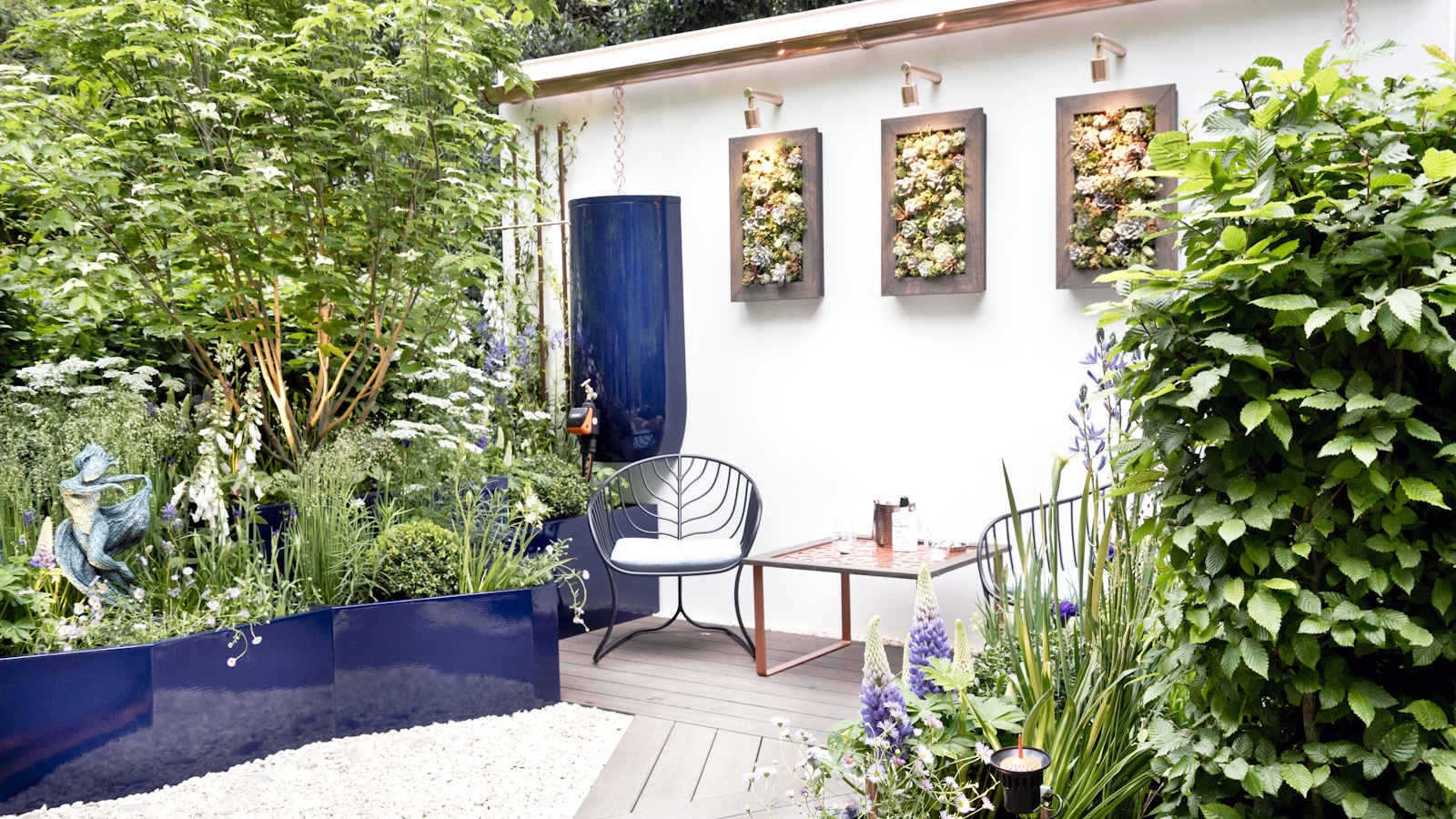 Urban gardening ideas – 7 creative ways to grow in small spaces, balconies, containers, indoors, and more
Urban gardening ideas – 7 creative ways to grow in small spaces, balconies, containers, indoors, and moreMake the most of your space with these innovative ways to garden
By Tenielle Jordison
-
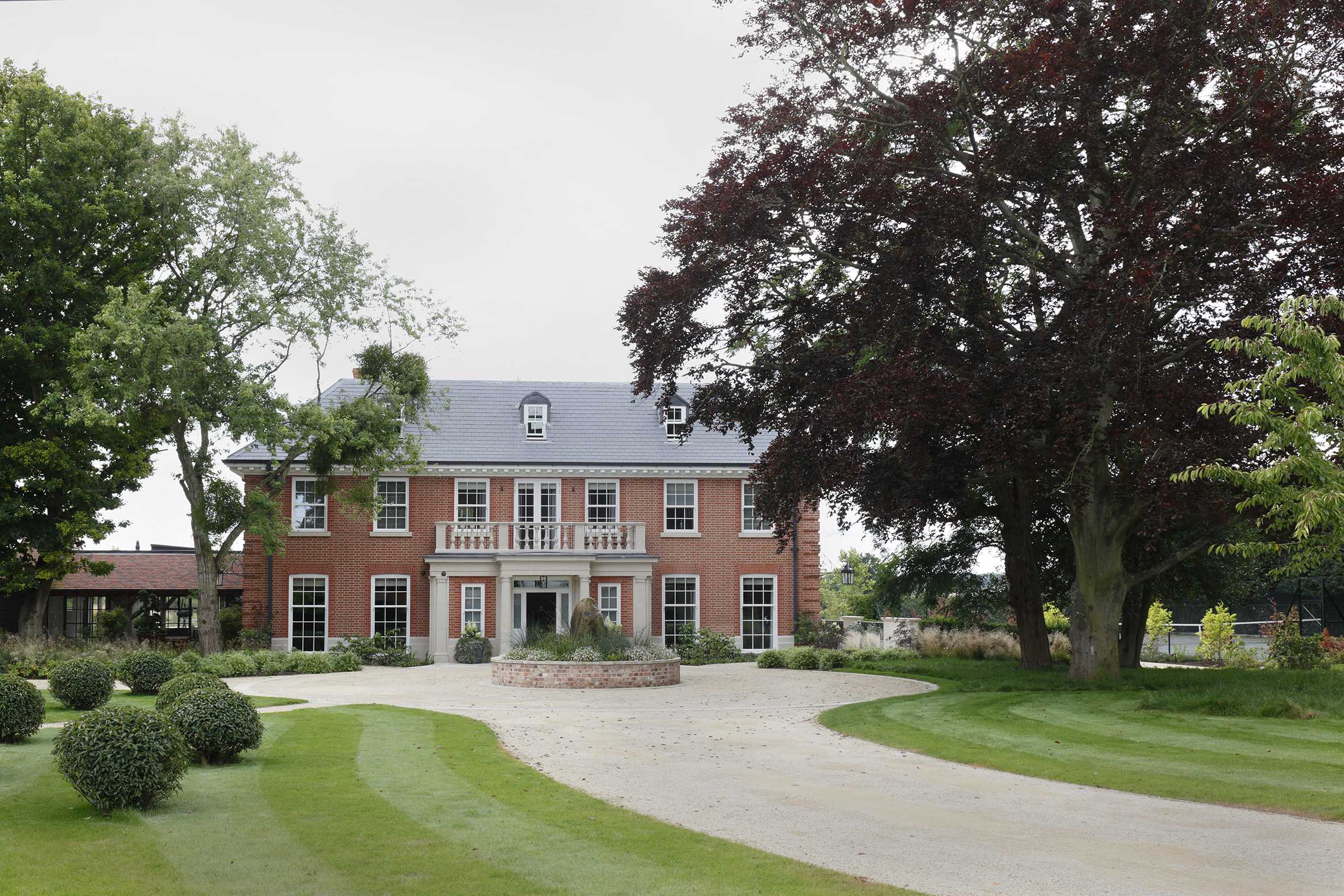 Enjoy a country garden created for a new home in Berkshire
Enjoy a country garden created for a new home in BerkshireThis stunning design by Bowles & Wyer showcases the quintessential English country garden with contemporary flourishes
By Jennifer Ebert
-
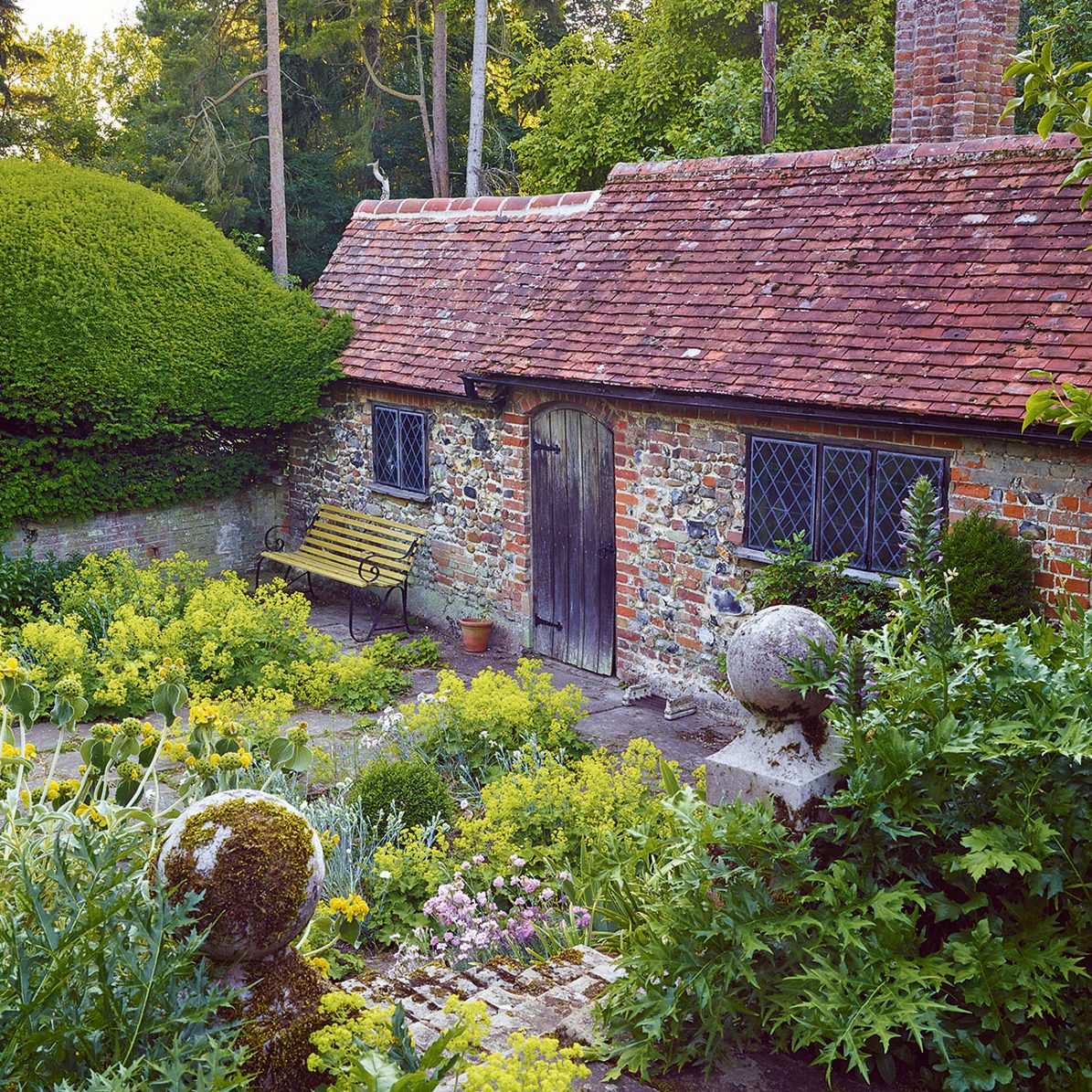 Tour the bountiful kitchen garden at Brent Eleigh Hall in Suffolk
Tour the bountiful kitchen garden at Brent Eleigh Hall in SuffolkHerbs, fruit, vegetables and honey are just some of the treasures that are once again, being grown and harvested within the Victorian walls of the kitchen garden at Brent Eleigh Hall in Suffolk.
By Jennifer Ebert